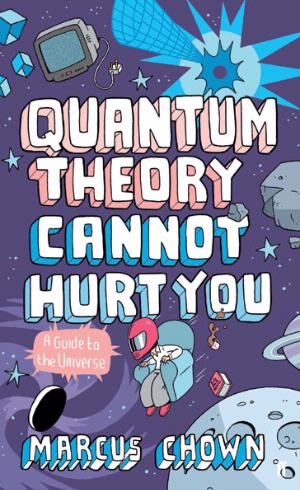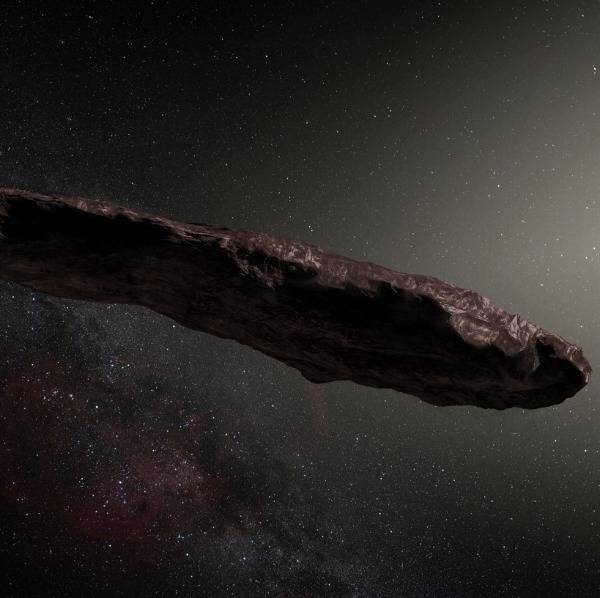 This brief, non-mathematical introduction to quantum theory and relativity, modestly subtitled “a guide to the universe”, aims to “help ordinary people understand the principal ideas of 21st century physics”, and it succeeds magnificently, even though it deliberately sets out to challenge many of the assumptions that underpin our commonsense understanding of nature, and each chapter asks readers to believe three impossible things before breakfast.
This brief, non-mathematical introduction to quantum theory and relativity, modestly subtitled “a guide to the universe”, aims to “help ordinary people understand the principal ideas of 21st century physics”, and it succeeds magnificently, even though it deliberately sets out to challenge many of the assumptions that underpin our commonsense understanding of nature, and each chapter asks readers to believe three impossible things before breakfast.
The book deals with the two greatest intellectual achievements of the modern age, quantum physics and general relativity, each getting roughly half of the attention before a final chapter calls on the mysterious and as yet unexplained “quantum gravity” to resolve the conflict between the two that emerges “at the heart of black holes and the birth of the universe”.
It succeeds because Marcus Chown is a skilled and capable science writer who clearly understands his subject and knows just how far to push an analogy or metaphor before revealing the truth, or at least revealing the current working hypothesis.
Instead of simply rehashing the inadequate explanatory devices used by those who have previously tried to popularise this most abstract science, Chown sets out on his own journey. Freed from the need to re-present the analogies and metaphors of others, he has relied on his own insights and understanding to come up with a story which has the narrative drive and explanatory force that this vitally important topic merits. The first couple of chapters may seem ill-conceived to anyone who already has what they consider a good grasp of topics like time dilation, coherence and wave functions, but the power of the explanatory model on offer quickly overcomes any initial misgivings.
One of the great achievements of this short book – 40 of its 200 pages are devoted to a glossary – is that it explains the basics of modern physics without the need to resort to anything that could be considered mystical, spiritual or theological.
Chown explains decoherence, the process by which the quantum nature of a body is destroyed so that it appears in one state, like Schrödinger’s famous cat being alive or dead when the box is opened, by defining “observation” in terms of the effect on the outside world. He looks to probability theory, not sentience, to determine why a table stays put but an electron must be uncertain, leaving no space for the mystics to smuggle consciousness, intention or God into the quantum world laid out before us. He therefore does a great service to all of us who seek to counter attempts to base a mystic cosmology around the act of “observation” and its associated observing entity, whether a human being or the God of Berkeley’s imagination.
This resolute unwillingness to bring God or consciousness into his physics leaves Chown hoping that a full understanding of quantum gravity will offer an answer to the question of where the universe came from, but his speculation seems unconvincing. Not even a unified theory of everything seems able to tell us why one particular fluctuation in the quantum vacuum should have resulted in this unremarkable bubble of reality we call the universe, and by the end of the book readers will have come to the conclusion that there is no reason why anything should exist at all, however well they understand how this contingent universe works.
I’m off to make another attempt at Sartre’s Being and Nothingness, looking for consolation in philosophy. As for Chown, the book has already been passed to my sixteen-year-old daughter. She’s studying physics for the International Baccalaureate and I can’t imagine a better way of giving her a sound understanding of our current model of how the universe works than this excellent and accessible book. ■
Quantum Theory Cannot Hurt You is published by Faber

